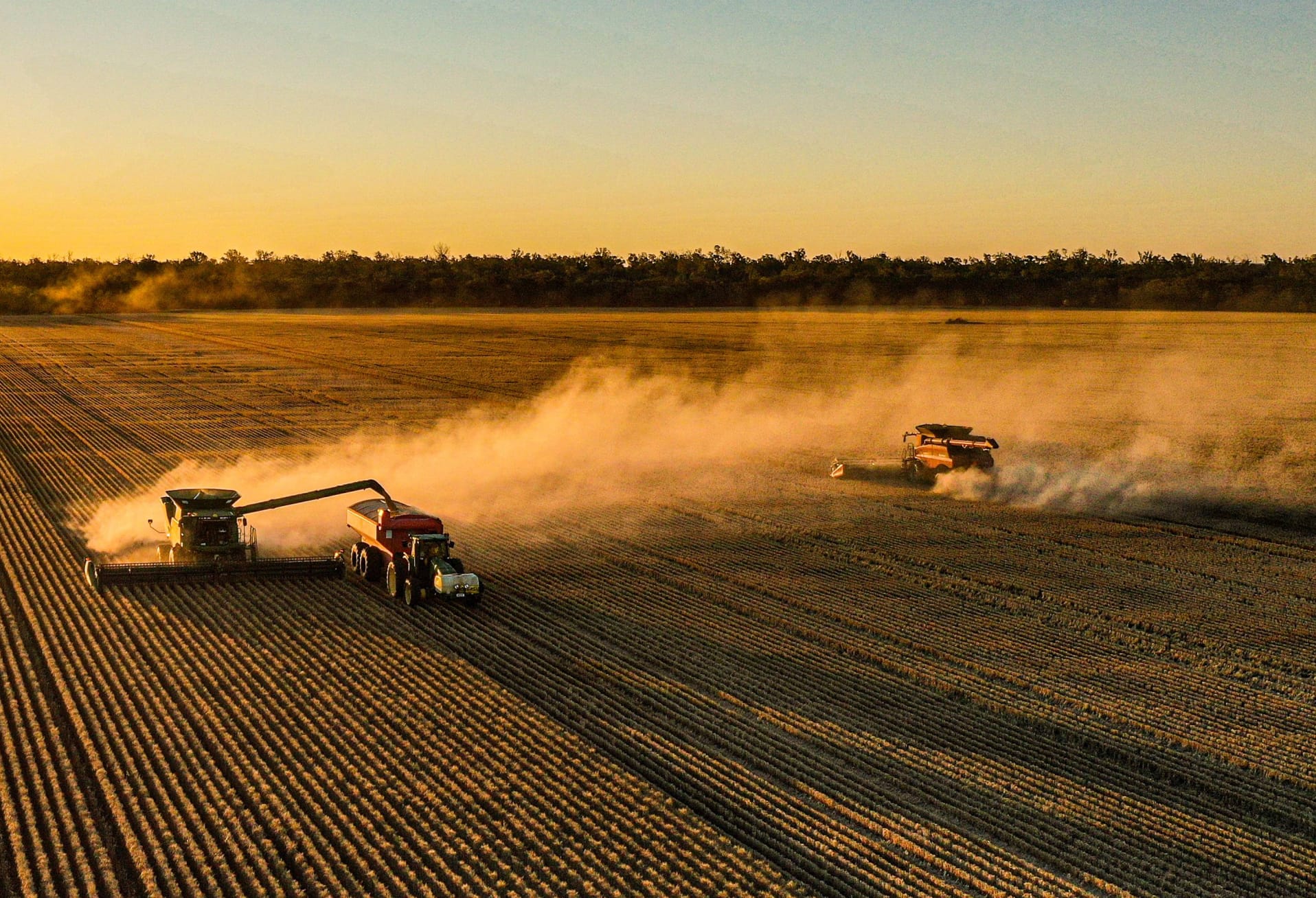Key takeaways:
- Pulses are particularly sensitive to herbicides like Brodal Options® during frosty conditions.
- Frost reduces the efficacy of grass-selective herbicides such as Select® (clethodim).
- Allow a day of recovery for every day of frost. For extended frost periods, adapt your spraying schedule.
- Spray during the warmest part of the day to enhance herbicide effectiveness.
- Focus on smaller weeds for better herbicide results.
- Ensure herbicide application rates are strong enough to be effective despite frosty conditions.
Understanding frost and its effects
Recent frosts have significantly hindered spraying activities, posing challenges for broadacre farmers in the Mallee region. Frost-sensitive crops and reduced efficacy of certain herbicides require strategic adjustments in spraying schedules and techniques.
Sensitivity of pulses and herbicide efficacy
Pulses, in particular, are sensitive to herbicides like Brodal Options® under frosty conditions. Additionally, the efficacy of grass-selective herbicides such as Select® (clethodim) is reduced. GRDC research by Chris Preston highlights these sensitivities, underscoring the need for careful management during frost periods.
Recovery time and spraying strategies
The rule of thumb is to allow a day of recovery for every day of frost. However, extended frost periods complicate this approach. In such cases, consider the following strategies:
- Spray during the warmest part of the day: This can help mitigate the impact of frost on herbicide efficacy.
- Prioritise other tasks: When frost periods are prolonged, it might be more efficient to focus on other farming activities until conditions improve.
Effective spraying under frosty conditions
To achieve effective results under frosty conditions, keep the following tips in mind:
- Target small weeds: Smaller weeds are more susceptible to herbicides, even under less-than-ideal conditions.
- Use robust rates: Ensure the application rates are strong enough to be effective despite the frost.
- Consider background resistance: Be mindful of any existing resistance issues in your paddock.
Monitoring crop and weed growth
Frequent severe frosts slow down both crop and weed growth significantly. It’s crucial to monitor crop growth stages closely and time herbicide applications appropriately. For instance, apply Select® before the green bud stage in canola to avoid growth penalties. Refer to the 2013 BCG trial for information and guidance.
Managing spraying activities during frost periods requires flexibility and strategic planning. By understanding the sensitivities of your crops and the efficacy of your herbicides, you can make informed decisions that minimise the impact of frost and maximise the effectiveness of your treatments.











